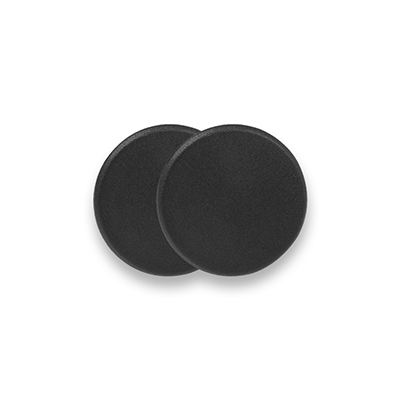RFID Technology for Cattle Tracking: Revolutionizing Livestock Management
In the world of modern agriculture, Radio-Frequency Identification (RFID) technology has emerged as a transformative tool for cattle tracking and management. RFID technology offers ranchers and farmers an efficient and innovative solution to monitor, track, and care for their cattle. This comprehensive article explores how RFID technology is revolutionizing the cattle industry, streamlining processes, and enhancing overall productivity.
Understanding RFID Technology
Before diving into the benefits and applications of RFID technology in cattle tracking, it’s crucial to understand the fundamentals of this innovative system.
1. What is RFID Technology?
- RFID stands for Radio-Frequency Identification. It’s a wireless communication technology that employs electromagnetic fields to automatically identify and track tags attached to objects, in this case, cattle.
2. How Does RFID Work?
- RFID systems comprise RFID tags, RFID readers, and a centralized database. The tags, attached to cattle, contain electronic information. When a reader sends out a signal, it activates the tag, and the information is transmitted to the database, enabling real-time tracking and monitoring.
The Advantages of RFID Technology in Cattle Tracking
RFID technology offers a multitude of advantages in cattle tracking, ranging from efficient data collection to improved animal welfare.
1. Streamlined Identification and Record-Keeping
- RFID tags provide a unique identifier for each animal, connected to a centralized database. This ensures that individual cattle can be easily identified, reducing manual record-keeping and the risk of errors.
2. Enhanced Disease Management
- By continuously monitoring cattle’s behavior and health, RFID tags enable early detection of potential health issues, allowing for prompt isolation and treatment to prevent disease spread within the herd.
3. Improved Breeding Programs
- RFID technology offers insights into cattle behavior and health patterns, aiding in optimizing breeding times and increasing reproduction rates.
4. Automated Feeding and Care
- RFID sensors can automate feeding and care processes. These systems monitor dietary needs, ensuring that cattle receive the right amount of food. This not only enhances cattle health but also reduces manual labor.
5. Comprehensive Movement Tracking
- RFID tags help monitor cattle movement within the herd, providing insights into activity levels, which are valuable for detecting heat cycles, gestation, and overall well-being.
Environmental and Economic Impact
The adoption of RFID technology extends its benefits to the environment and the economy, promoting sustainable farming practices.
1. Sustainable Farming
- Healthy cattle, thanks to RFID technology, are more efficient in converting feed to meat or milk. This reduces waste, lowering the environmental footprint of the livestock industry.
2. Improved Product Quality
- RFID tags ensure that cattle meet industry standards and regulations, resulting in higher-quality meat and dairy products that enhance consumer safety and satisfaction.
The Future of RFID Technology in Cattle Tracking
As RFID technology for cattle tracking continues to evolve, the future holds exciting possibilities and innovations.
1. Global Standards and Regulations
- As RFID technology becomes more integral to cattle management, global standards and regulations are likely to emerge. These will facilitate international trade in livestock and livestock products while maintaining data privacy and security.
Conclusion
In conclusion, RFID technology for cattle tracking has revolutionized the livestock industry. By streamlining cattle identification, record-keeping, and health monitoring, this technology has become a crucial asset for ranchers and farmers. As RFID technology evolves, it will continue to improve the efficiency, productivity, and sustainability of the cattle industry.
FAQs
1. Are RFID tags safe for cattle?
- RFID tags are designed to be safe and cause no harm to cattle. They are a humane method of tracking and monitoring cattle.
2. How long do RFID tags last on cattle?
- RFID tags are durable and typically last the lifetime of the animal. They are designed to withstand harsh environmental conditions.
3. Can RFID technology be used for other types of livestock?
- Yes, RFID technology can be applied to various types of livestock, including sheep, pigs, and poultry, for similar benefits in management and monitoring.
4. What is the cost of implementing RFID tags for cattle?
- The cost varies depending on the scale of the operation, but RFID tags are considered a cost-effective investment due to their numerous benefits.
5. Are there privacy concerns with RFID technology in cattle tracking?
- RFID technology in cattle tracking prioritizes data privacy and security. Measures are in place to ensure the safe and confidential handling of information.
















